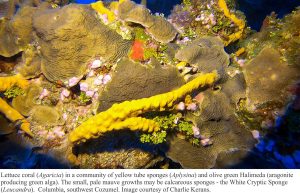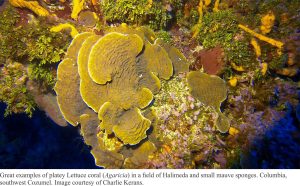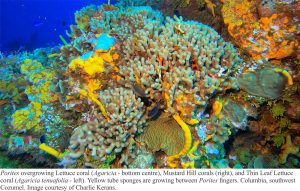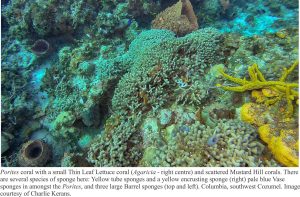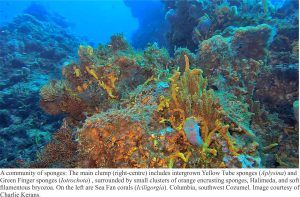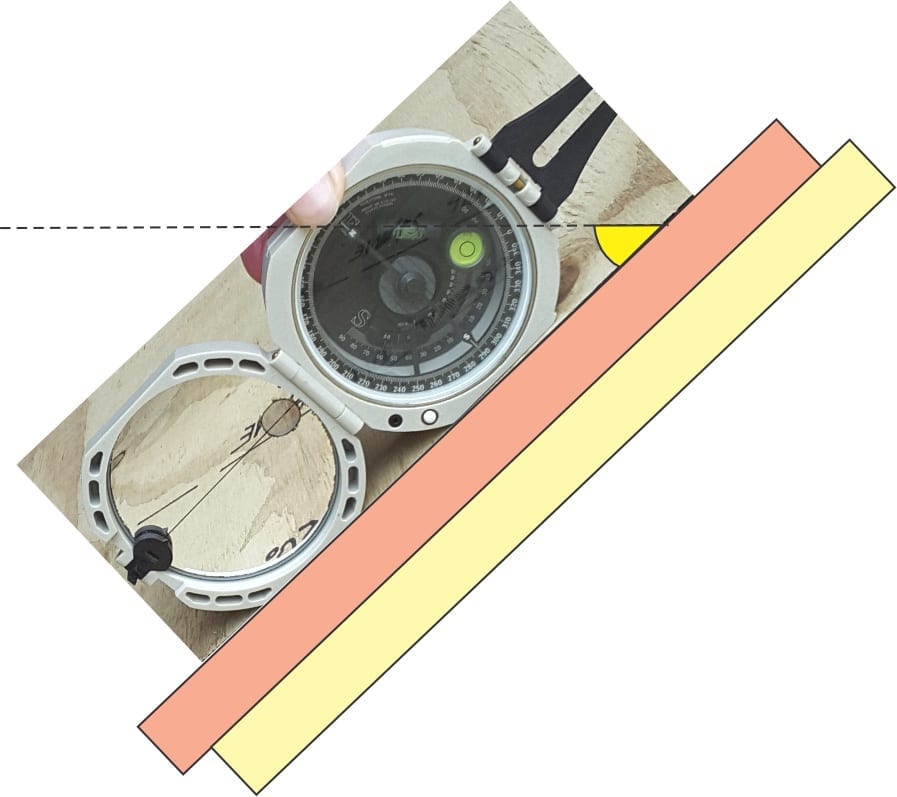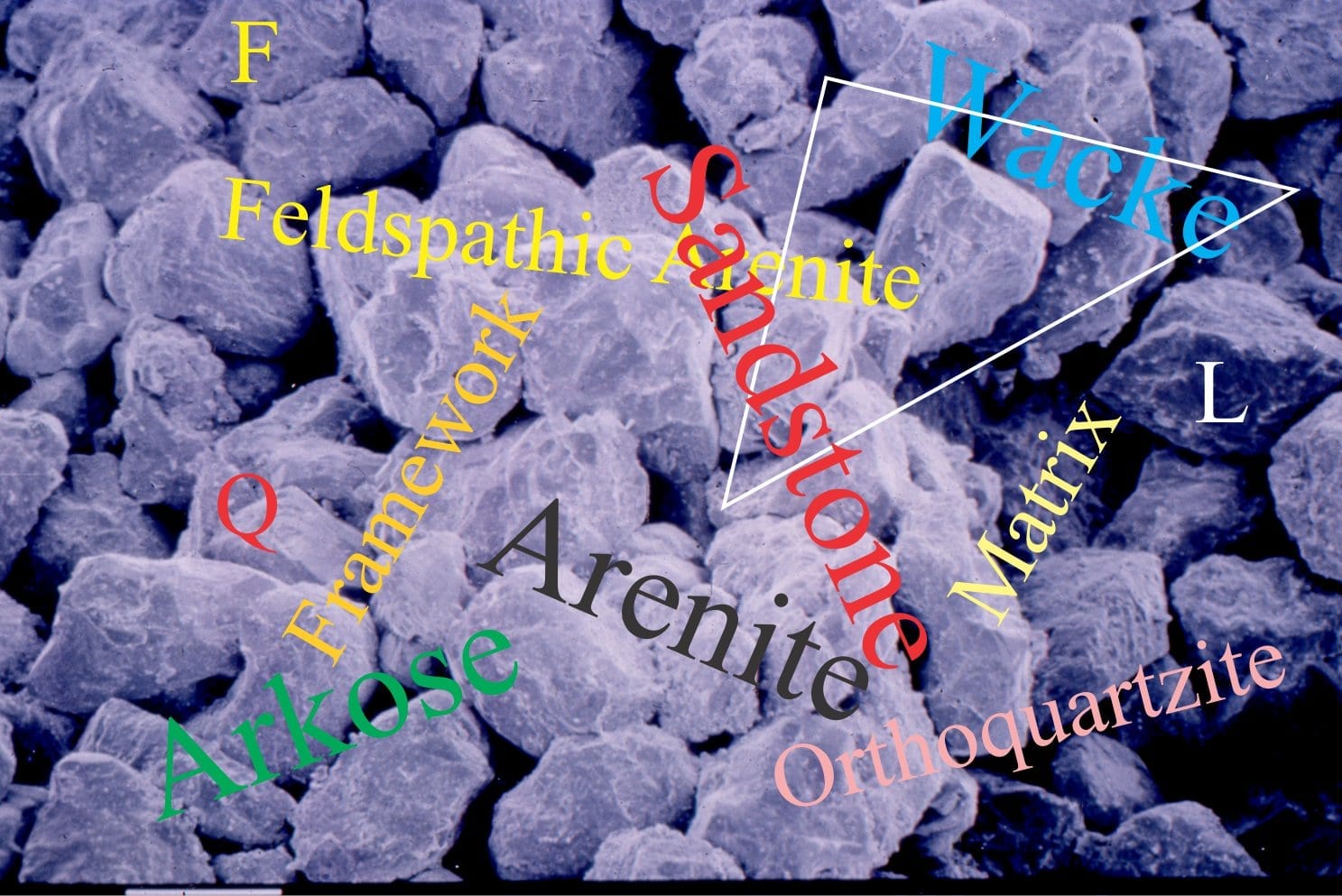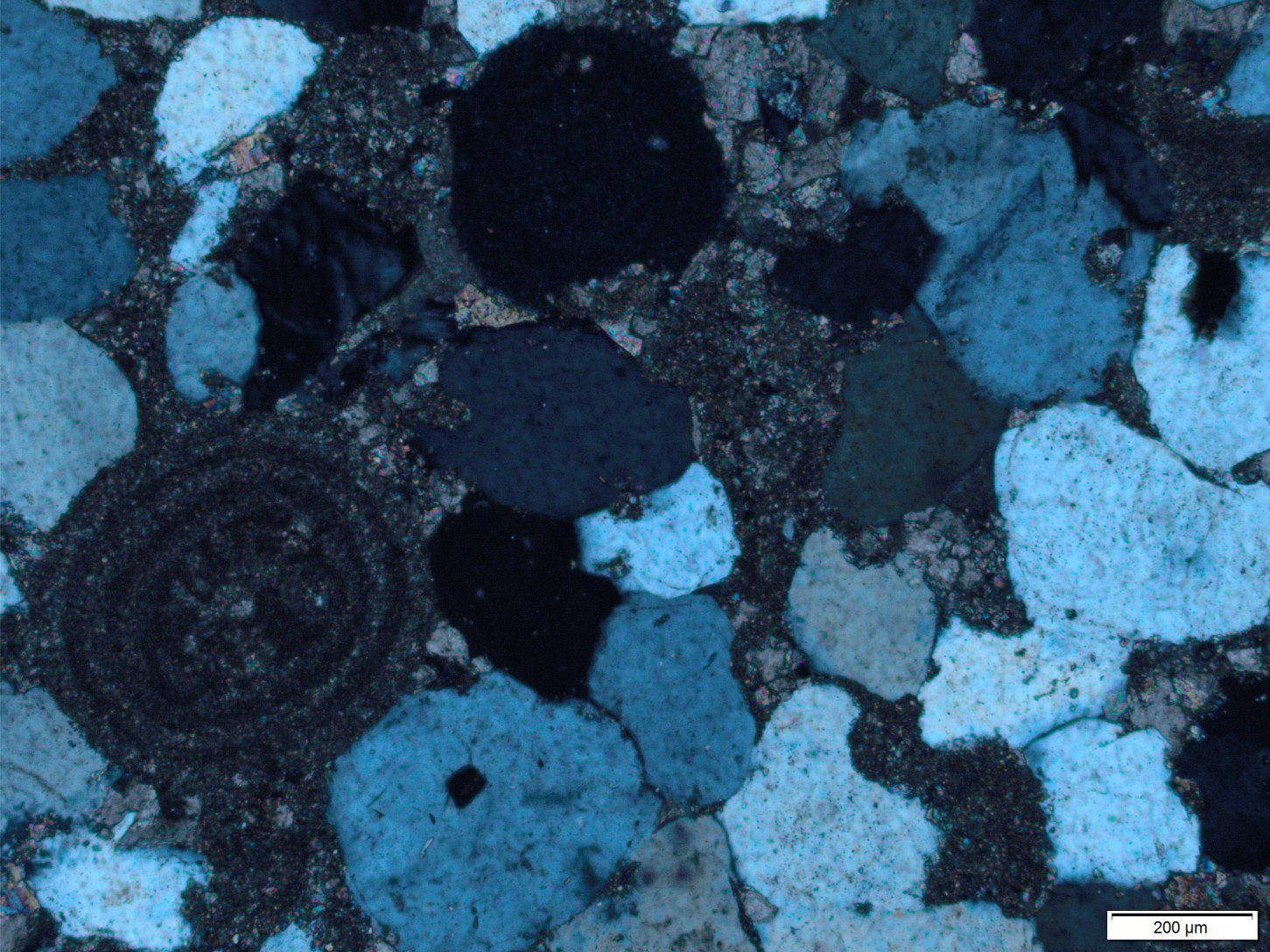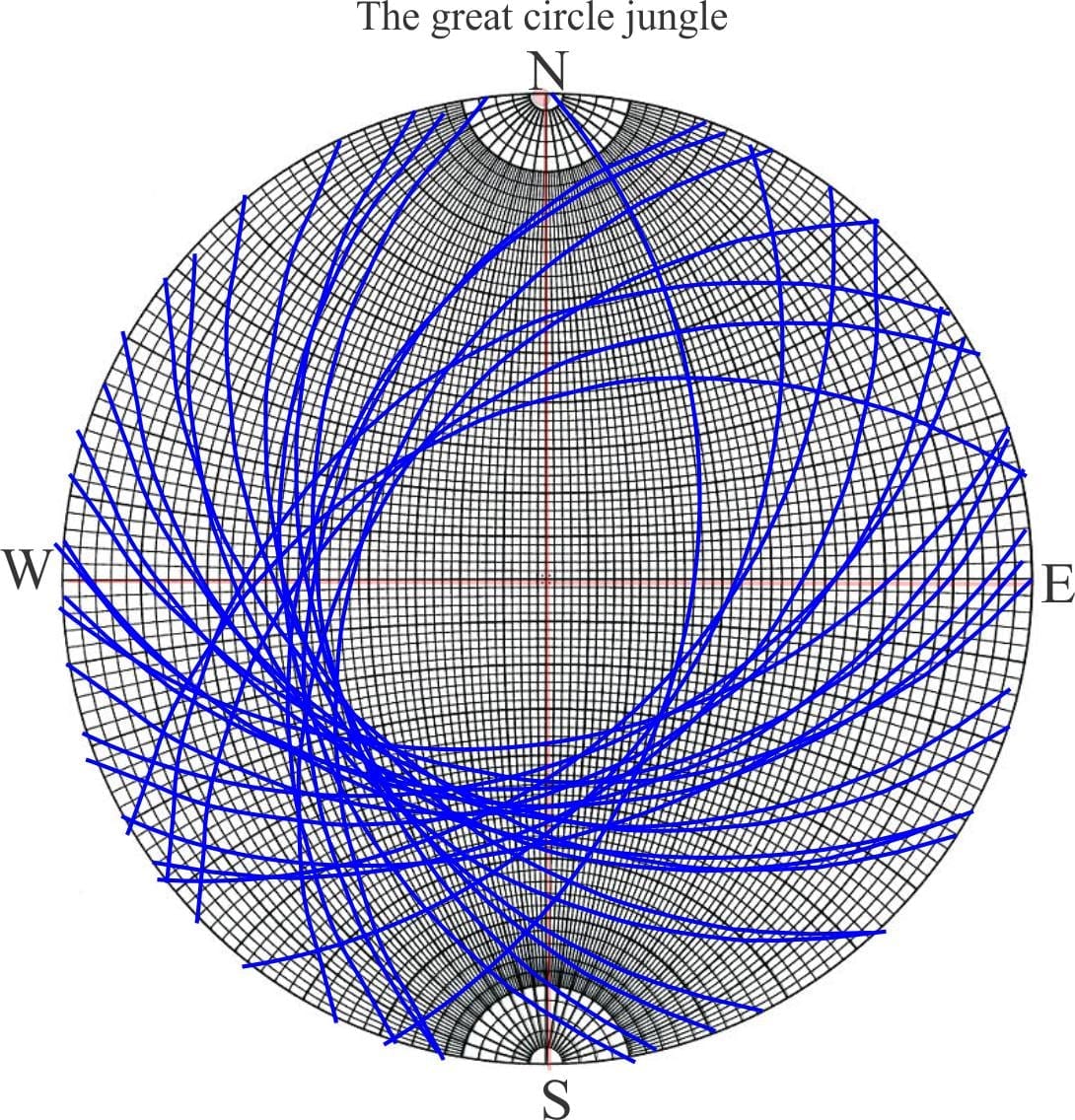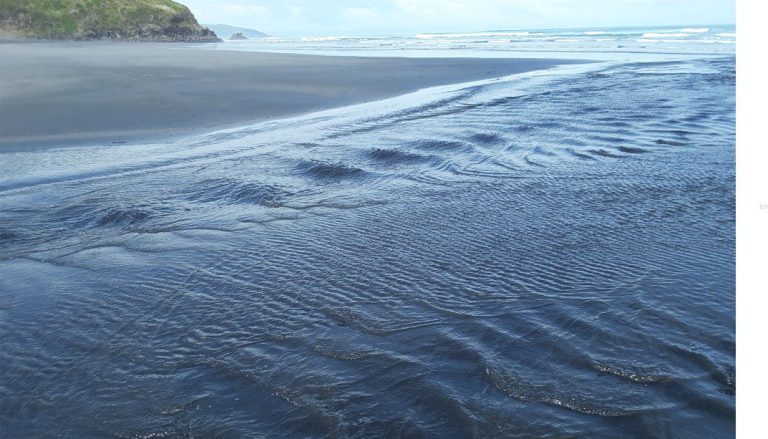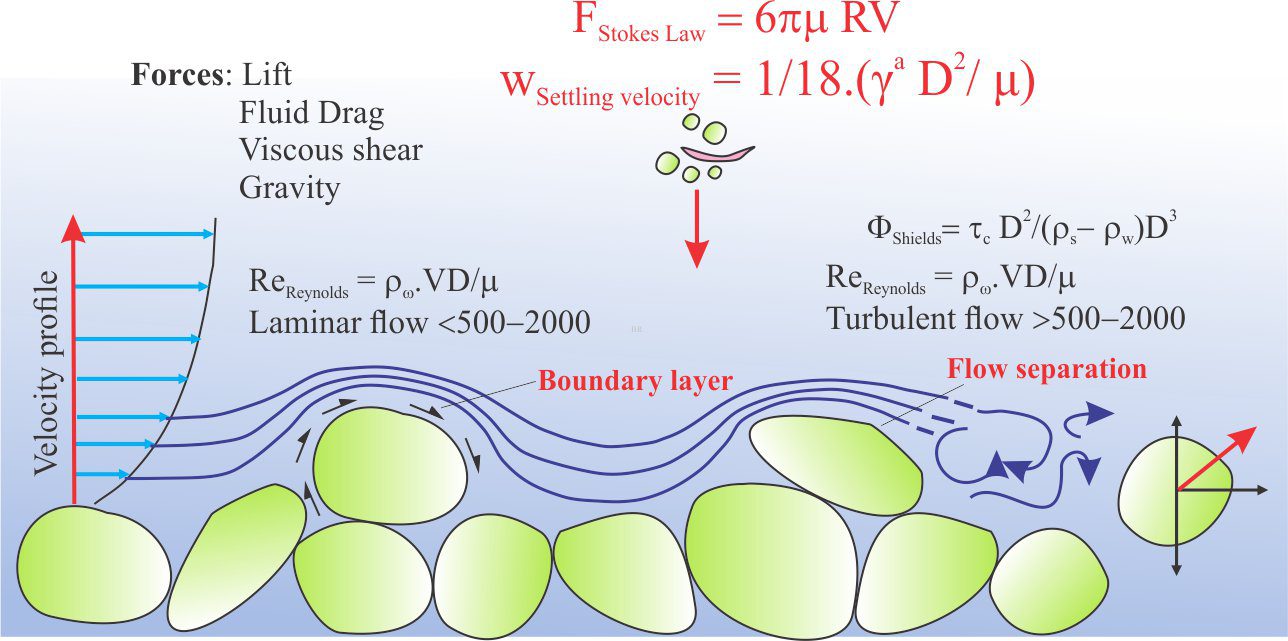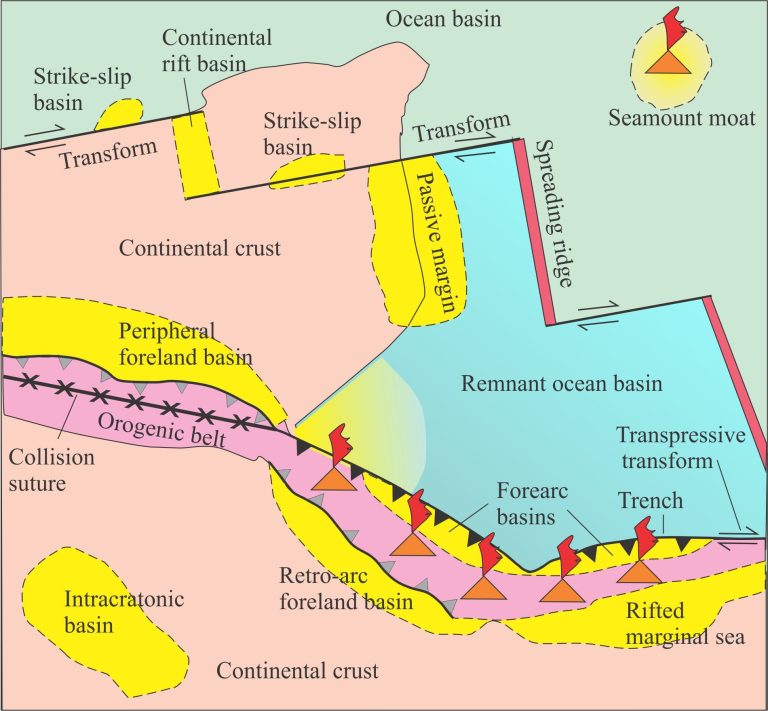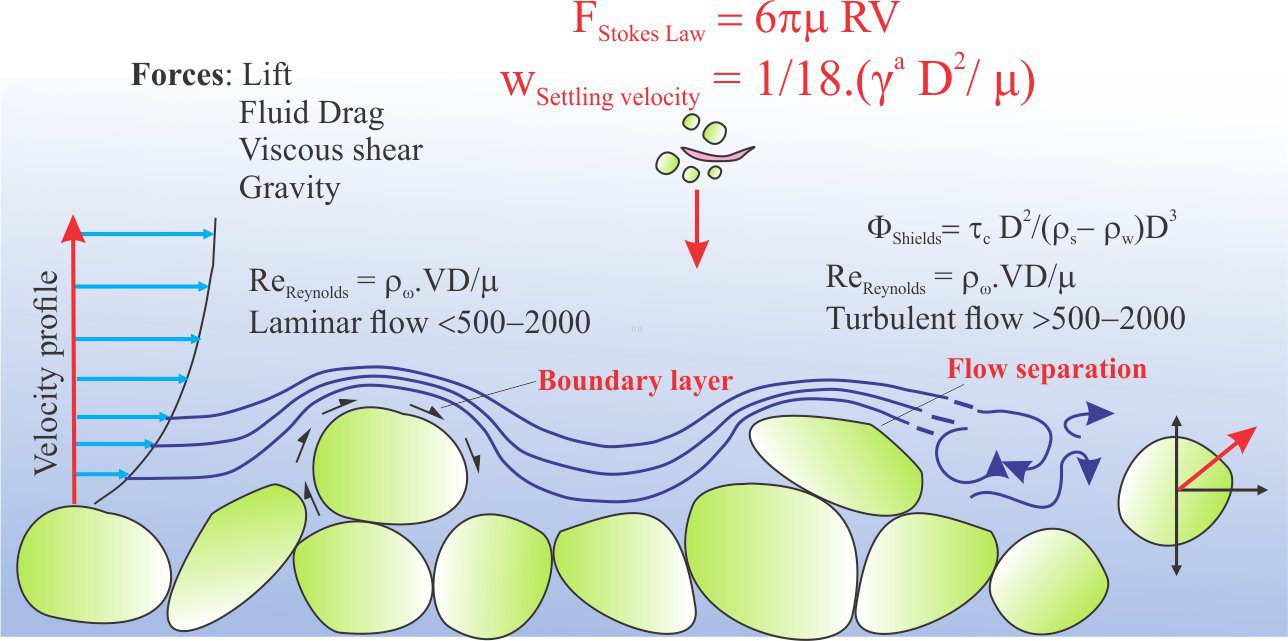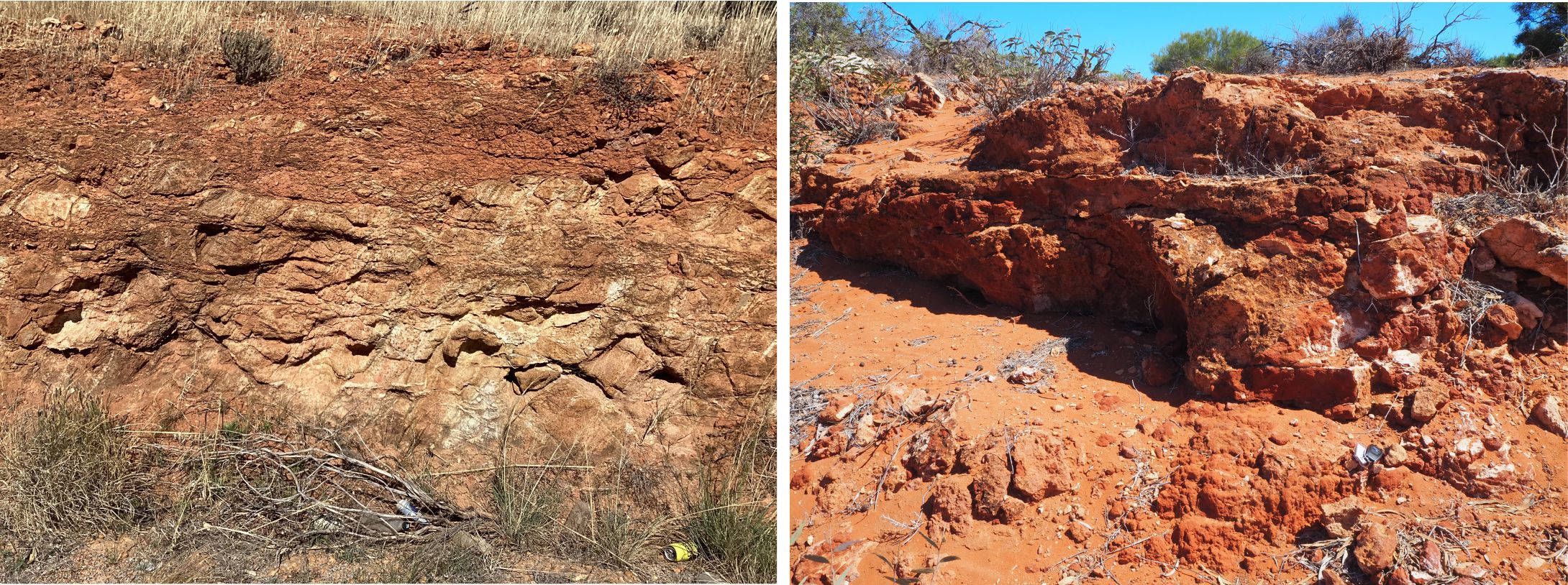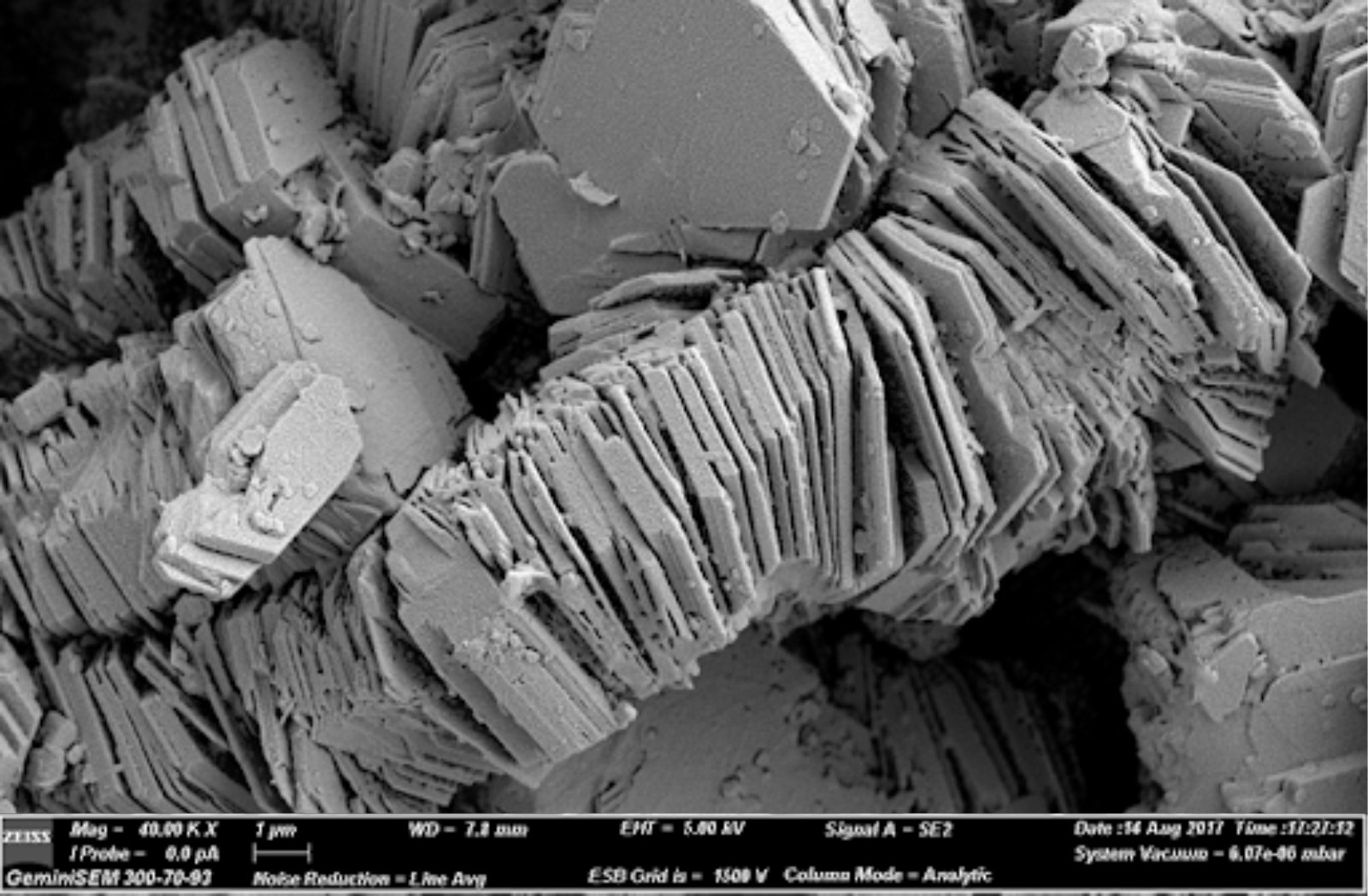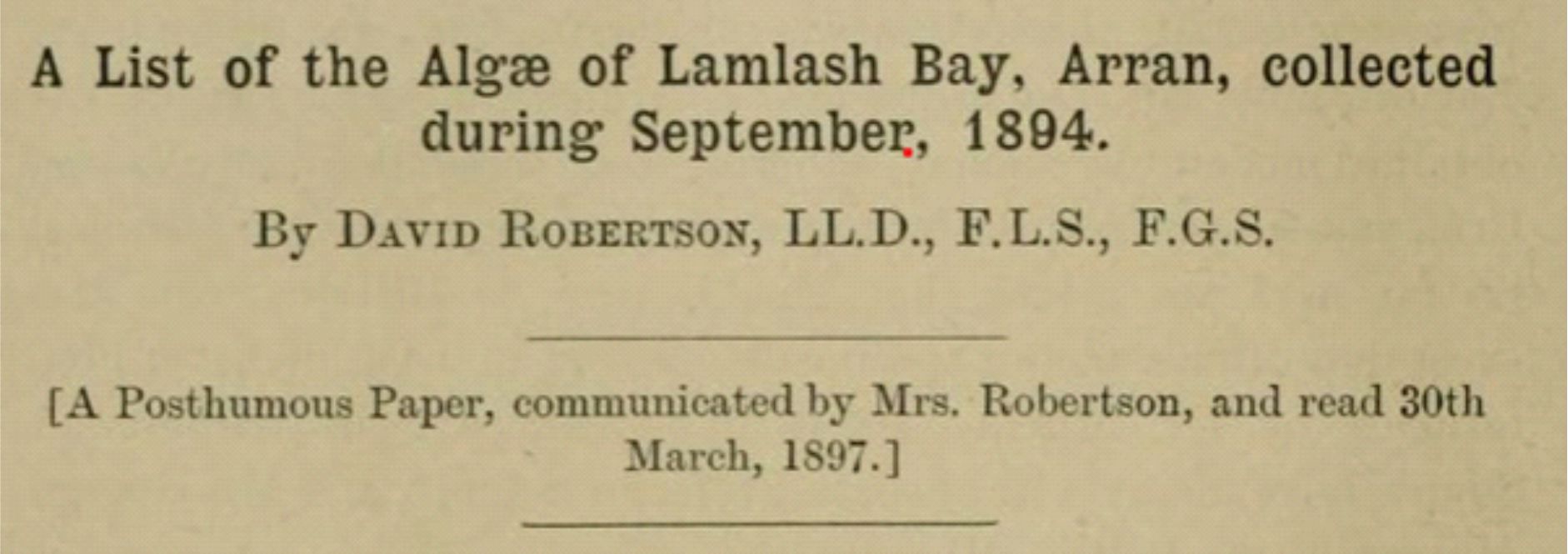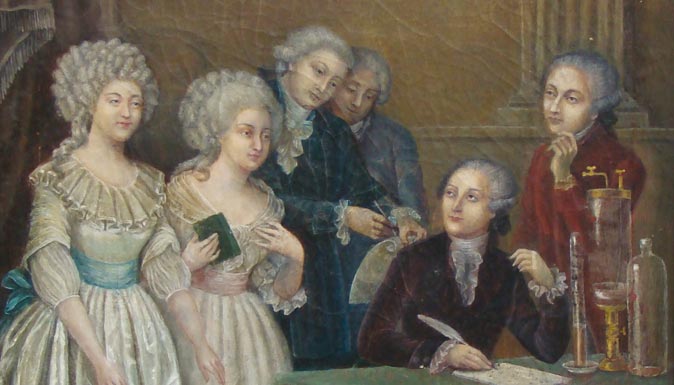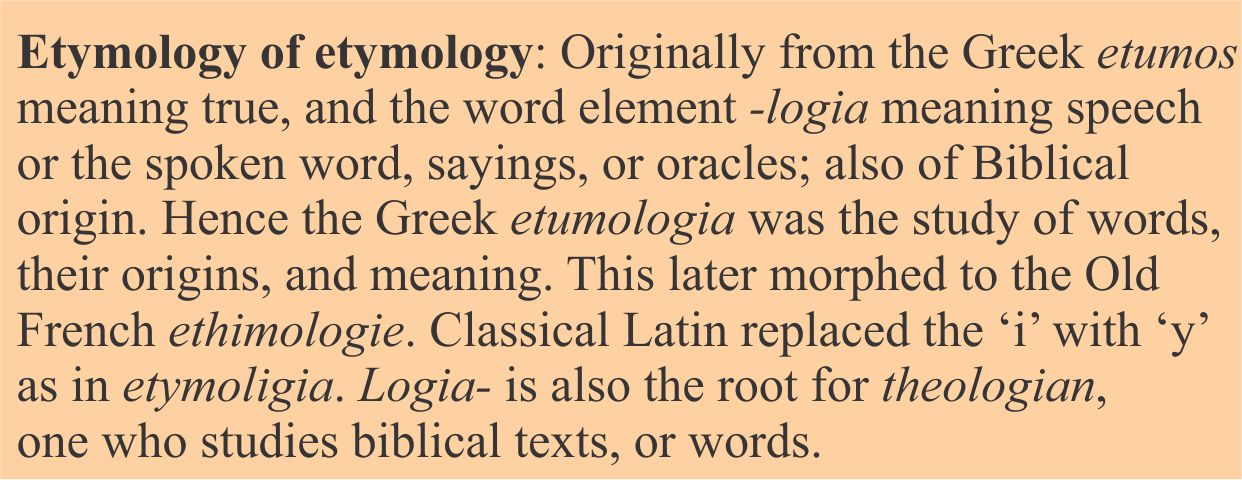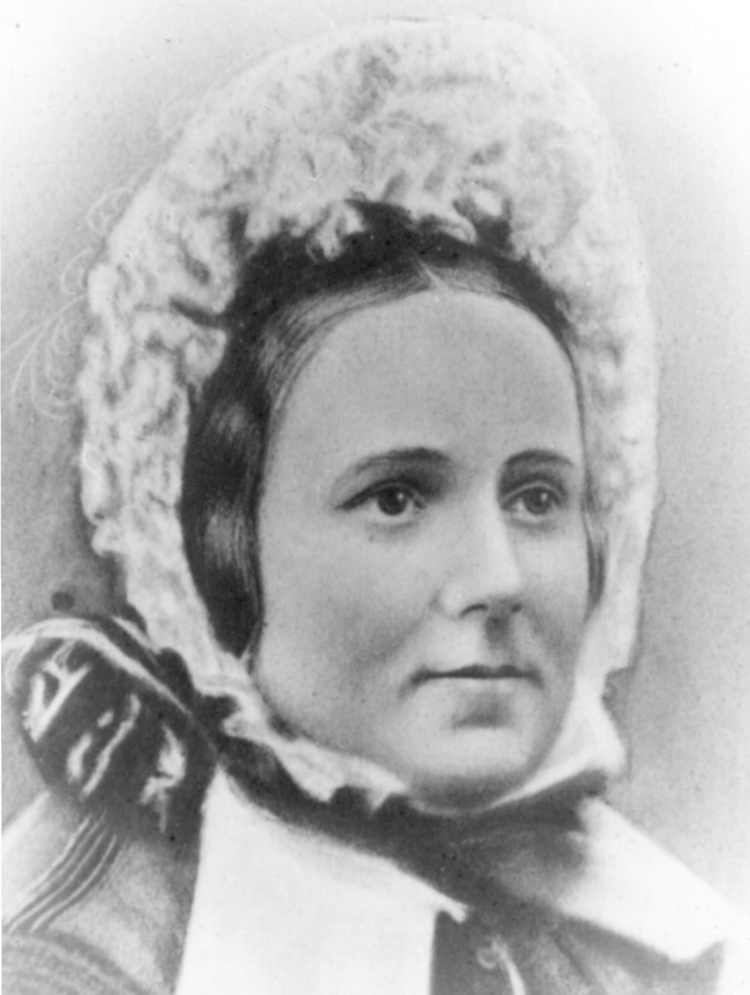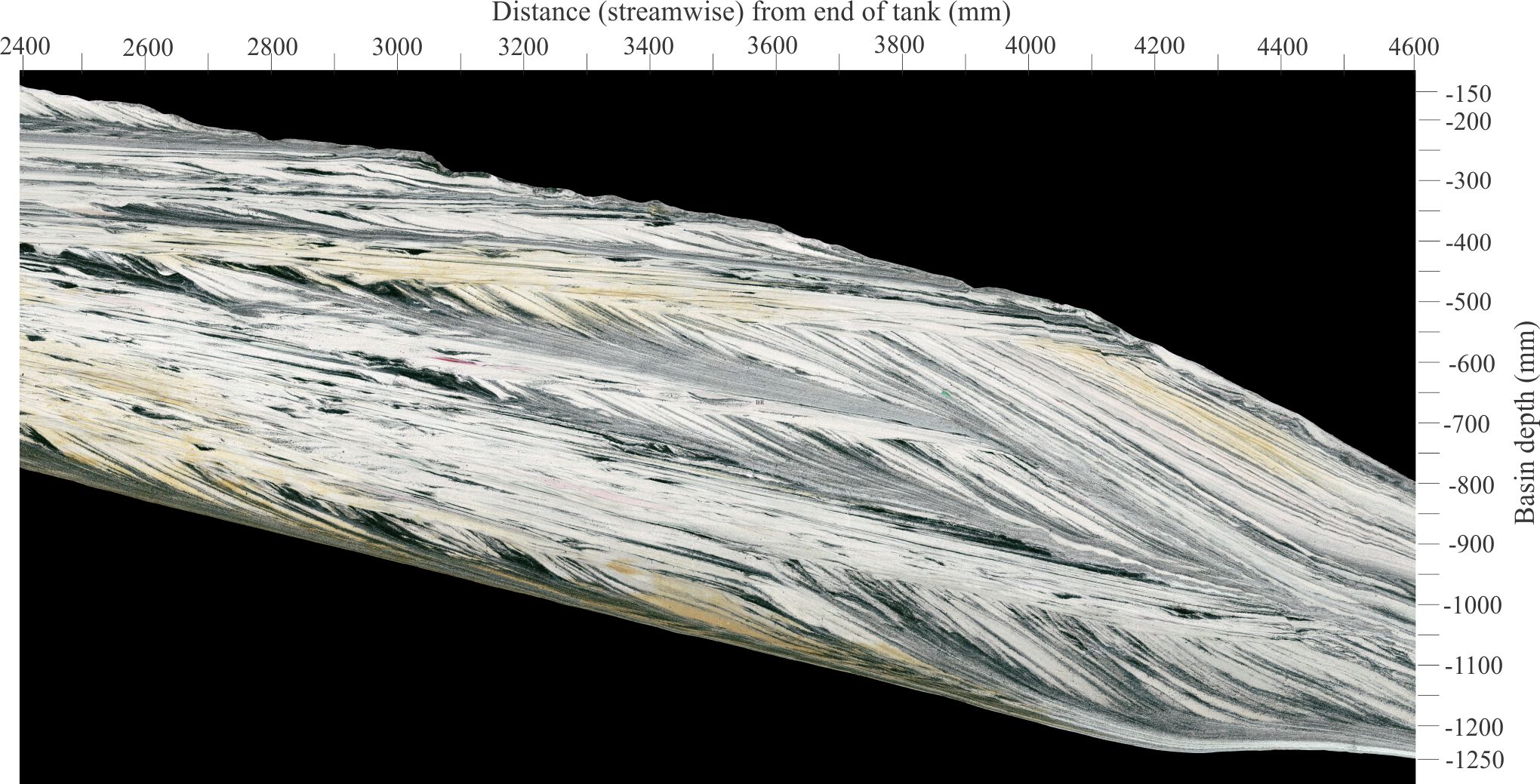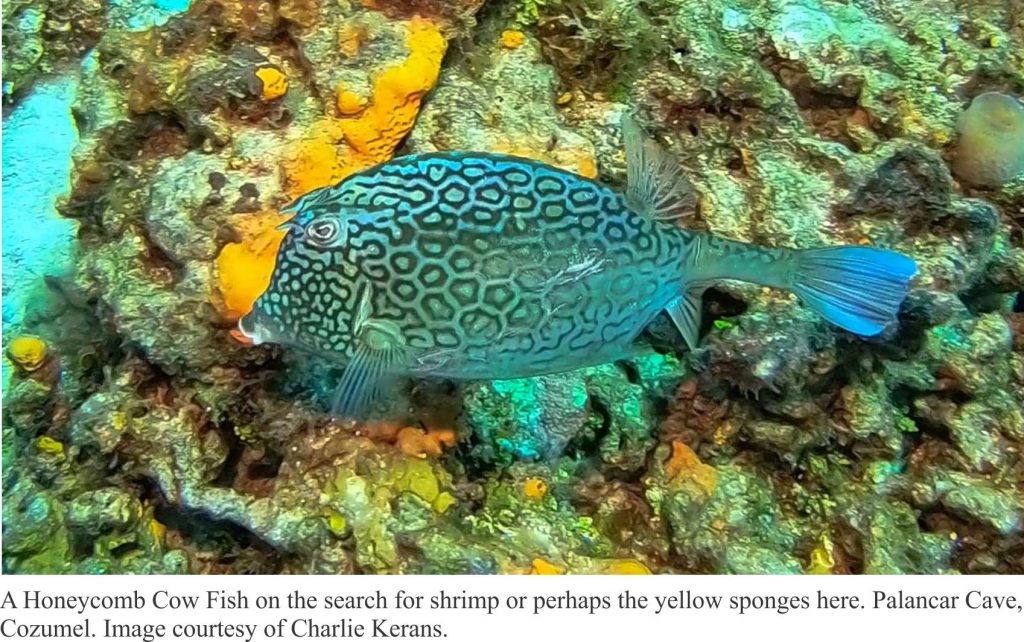
This is a companion post to the Atlas of Cool-water carbonates
Modern coral reefs and carbonate platforms provide the key ingredients of process and product to interpret ancient carbonate deposits. Here we can observe directly the relationship among all those processes – biological, physical, chemical – that contribute to the construction of solid rock.
Contributors
The inaugural collection of images for modern coral reefs has been generously donated by Charlie Kerans, the Department Chair and Robert K. Goldhammer Chair in Carbonate Geology in the Department of Geological Sciences, Jackson School of Geosciences, The University of Texas at Austin. Charlie is a carbonate specialist. I first met Charlie at Carleton University in Ottawa, where we shared an office whilst both of us were undertaking Doctoral research. Both of us worked on Precambrian rocks; Charlie on carbonates. He hasn’t stopped looking at carbonates.
The collections here are from Palancar Caves, and Columbia reef, Cozumel, off the Caribbean coast of Yucatan Peninsula. They are popular diving spots, for good reason as the images will attest. The water is clear and there is great diversity of reef and off-reef fauna and flora. It is a fantastic location to look at analogues for ancient reef systems – hard corals, soft fan corals, algae (particularly Halimeda), sponges, bryozoa, fish.
I’d be grateful for any corrections and clarifications to the species identifications.
The Atlas, as are all blogs, is a publication. If you use the images, please acknowledge their source (it is the polite and professional thing to do). Copyright of images is retained by the owner, as indicated. Contact Charlie for further information (link above).
The images: Palancar Cave, Cozumel
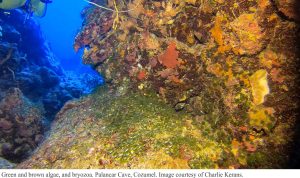
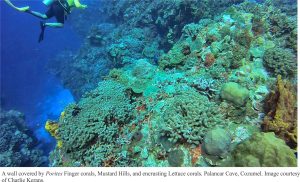
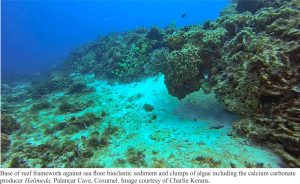
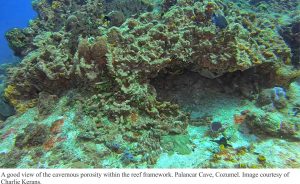
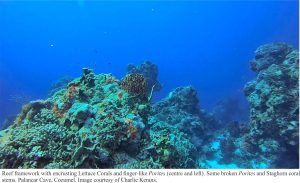
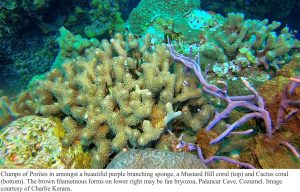
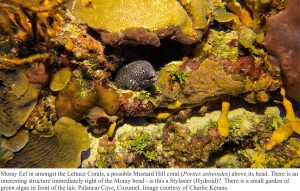
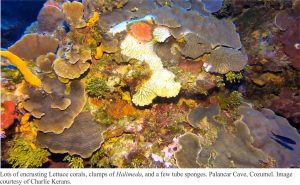
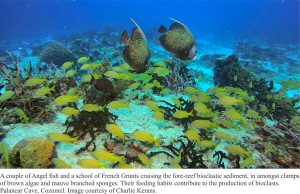
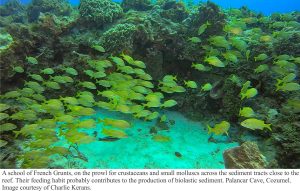
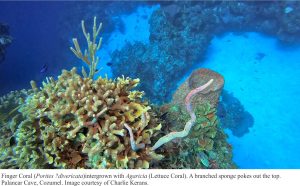
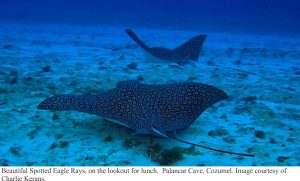
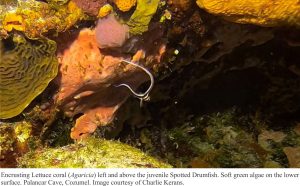
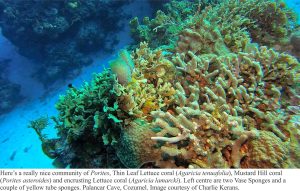
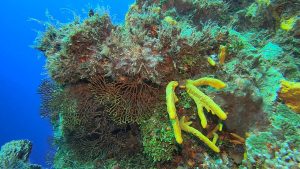
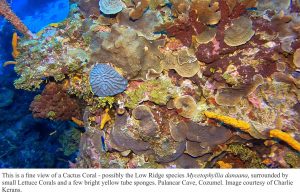
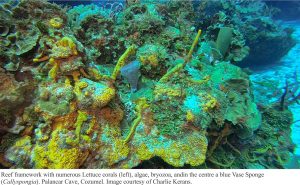
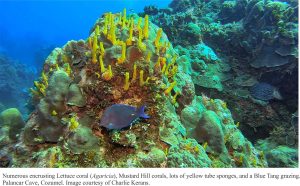
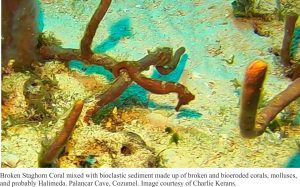
Columbia Reef, Cozumel
This reef, part of the reef system along the west coast of Cozumel, is located a little south of the Palancar reefs.
